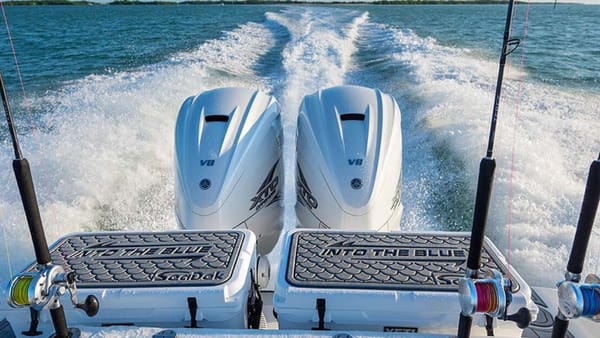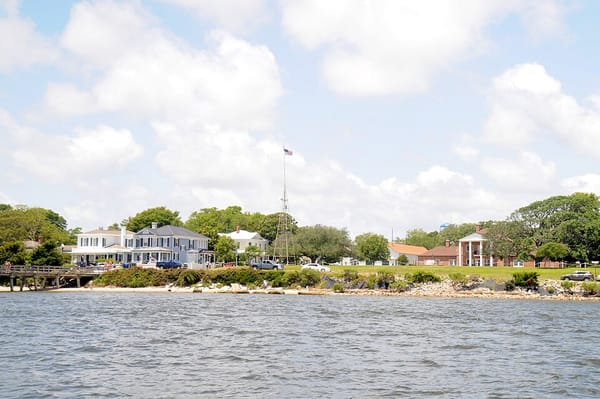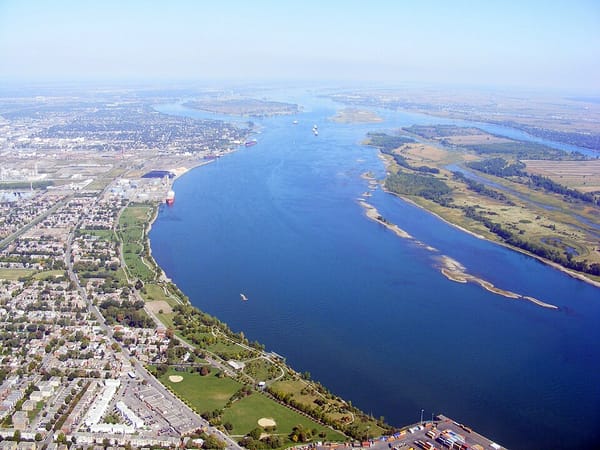Invasive Species: What to Watch Out for While Boating on the Potomac River
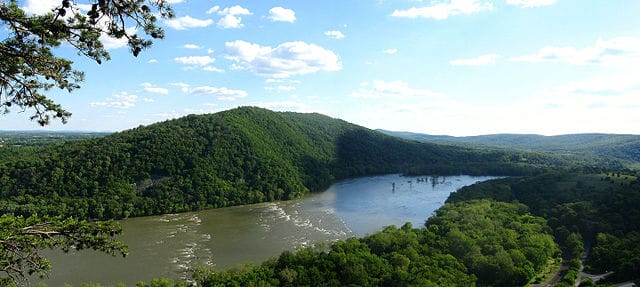
Invasive species pose a significant threat to ecosystems worldwide, and the Potomac River is no exception. Along with waterways like the Chesapeake Bay, Lake Havasu and the Atlantic Ocean, the Potomac has been grappling with the impacts of invasive species for decades. These non-native organisms can outcompete native species for resources, disrupt food webs, alter habitats and ultimately lead to ecological imbalances.
Let’s take a look at some invasive plants and animals to watch out for before returning back to a marina, dock or private boat lift for rent.
Northern Snakehead
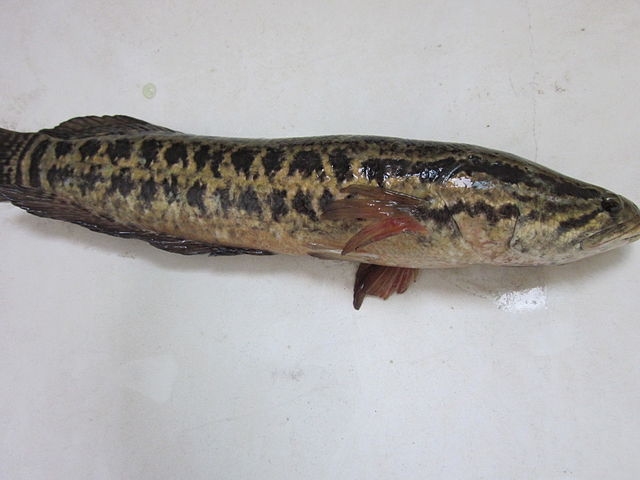
Photo: Wikimedia/Huangdan2060?CC by SA 3.0
One of the most notorious invasive species in the Potomac River is the northern snakehead (Channa argus). This fish, native to Asia, was first discovered in the river in 2004. With its voracious appetite and ability to breathe air and move short distances on land, the snakehead poses a serious threat to native fish populations. Efforts to control its spread have included fishing tournaments and public awareness campaigns, but eradication has proven difficult.
Zebra Mussel
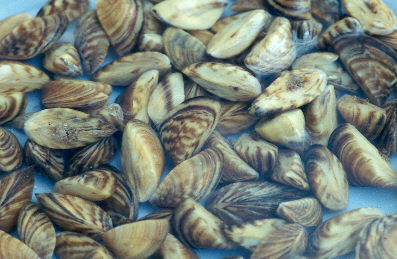
The zebra mussel (Dreissena polymorpha) is a small freshwater mollusk native to Eurasia. Zebra mussels arrived in the Great Lakes in the 1980s via ballast water from transoceanic ships and have since spread to numerous water bodies, including the Potomac River. These filter-feeding mollusks can quickly colonize hard surfaces such as rocks, boat hulls, water intake pipes and private boat dock rentals.
Hydrilla
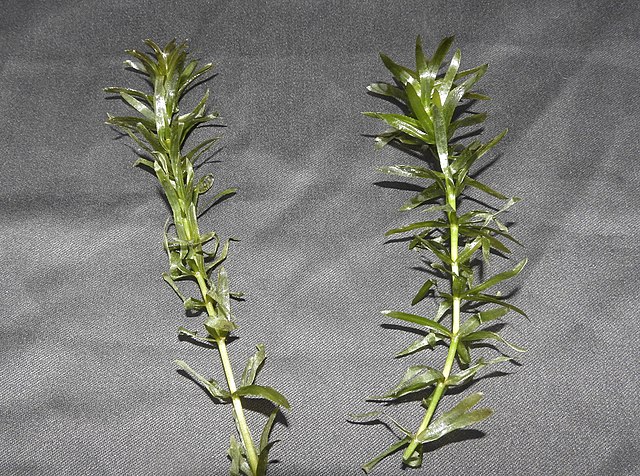
Hydrilla (Hydrilla verticillata), a fast-growing aquatic plant native to Asia, is yet another invasive species wreaking havoc in the Potomac River. Introduced through the aquarium trade, hydrilla forms dense mats that choke waterways, impede navigation and reduce biodiversity by shading out native vegetation. You’ll want to check your boat and trailer to avoid transporting it back to a marina, boat yard or private boat slip rental.
Rusty Crayfish

Photo: Wikimedia/Ryan Hodnett/CC by SA 4.0
The Potomac River also faces threats from other non-native species like the rusty crayfish (Orconectes rusticus). Originating from the Ohio River Basin, it has rapidly spread, outcompeting native crayfish species and disrupting the balance of aquatic flora and fauna. With its aggressive behavior and voracious appetite, the rusty crayfish feeds on aquatic plants, invertebrates and even small fish. This leads to habitat degradation and biodiversity loss.
Its prolific breeding further exacerbates its impact, making eradication efforts challenging. Conservationists and researchers are working to prevent its spread through monitoring, control measures and public awareness campaigns.
Common Carp

Photo: Wikimedia/USFWS-Mountain Prairie/CC by SA 2.0
Originating from Europe and Asia, the common carp (Cyprinus carpio) was introduced in the 19th century. It proliferated due to its adaptability and resilience. Common carp disrupt native ecosystems by uprooting vegetation, stirring up sediment and outcompeting native fish species for food and resources.
Their rapid reproduction further exacerbates their impact by altering water quality and habitat structure. Control efforts often involve habitat modification, barrier construction and targeted removal programs. Despite these efforts, the common carp remains a persistent challenge in maintaining the ecological balance of the Potomac River.
Efforts to combat invasive species in the Potomac River involve a combination of prevention, monitoring and control measures. Authorities work to prevent the introduction of new invaders through regulations on ballast water discharge and the aquarium trade. Monitoring programs track the spread and abundance of invasive species, while control efforts may include physical removal, chemical treatments and biological control methods.
To avoid transporting these invasive species to a private boat dock for rent, always follow proper cleaning protocol to avoid transporting invasive plants and animals.
